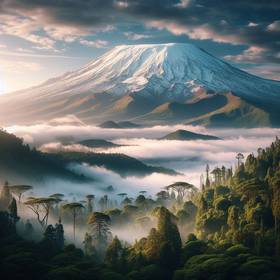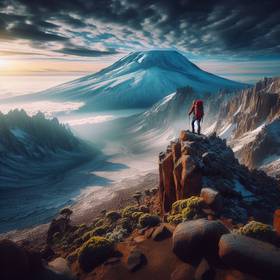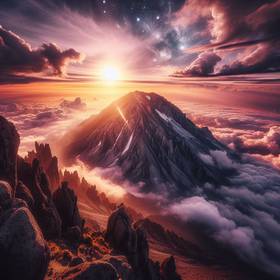Overview of Mount Kilimanjaro
Mount Kilimanjaro, Africa's tallest peak, stands majestically in Tanzania. This iconic mountain is a dormant volcano with three volcanic cones: Kibo, Mawenzi, and Shira. Its summit, Uhuru Peak, rises 5,895 meters (19,341 feet) above sea level. Kilimanjaro attracts adventurers and nature enthusiasts from across the globe, offering diverse ecosystems from lush rainforests to alpine deserts. Its awe-inspiring beauty and challenging climbs make it a bucket-list destination for many.
Historical Significance
Mount Kilimanjaro holds immense historical significance, dating back centuries in East African lore. Known as "The Roof of Africa," its towering presence has inspired awe and reverence among indigenous tribes like the Chagga people, who consider it a sacred site. European explorers like Hans Meyer and Ludwig Purtscheller made significant ascents in the late 19th century, marking Kilimanjaro as a symbol of exploration and adventure. Today, its historical legacy continues to attract climbers and enthusiasts from around the world, preserving its rich heritage for future generations.






